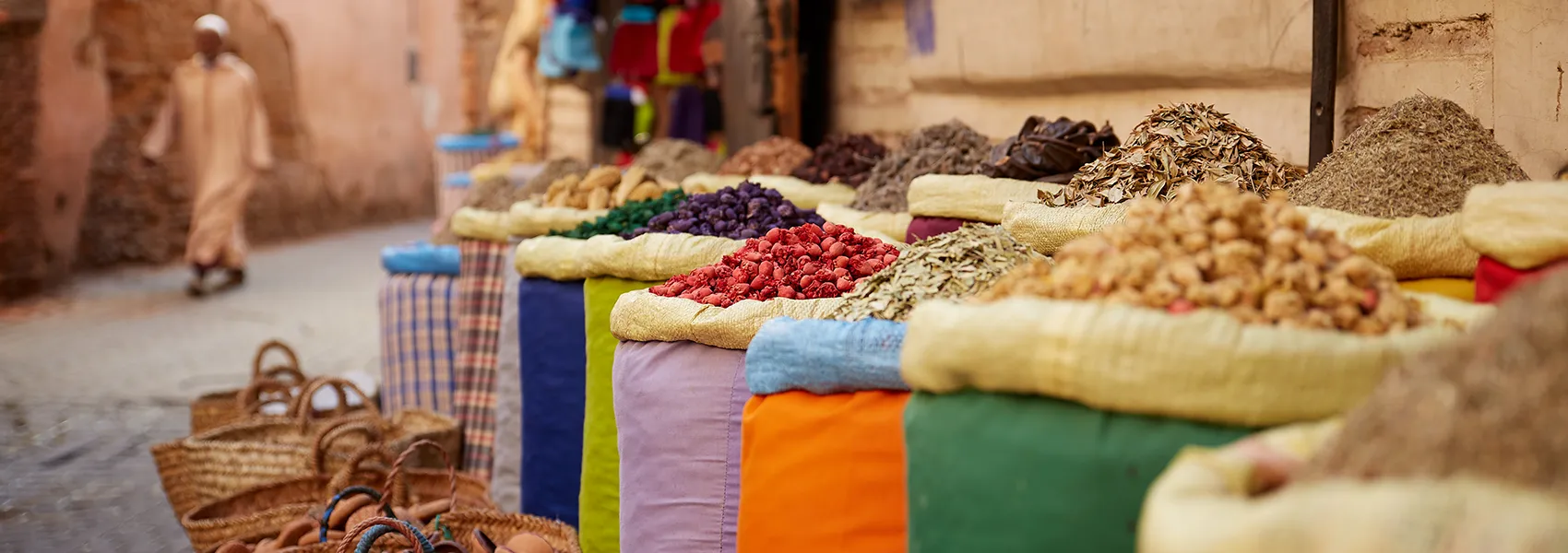
Published 18th Nov. 2024
Reading time
Morocco is known for its colourful culture and dazzling diversity, and this vibrancy and variety extends beyond the ancient cities and chaotic souqs to the equally rich culinary traditions. Subtle spices, aromatic flavours and captivating combinations grace the smorgasbord of dishes that make up Moroccan cuisine. Immersing yourself in the gastronomic world of another country is one of the best ways to experience a new culture, and when the food is as flavourful as Morocco’s, getting a taste for a new place is a fairly easy task. Read on to find out about our favourite traditional food in Morocco…
Couscous has become commonplace in many world cuisines, but it originated among the Berbers of Morocco in the 11th century and gets its name from the Berber word k'seksu. The fine wheat pasta, which is traditionally rolled by hand, is now the national dish of Morocco. It is normally served with meat, vegetables and sauce, although in the Berber tradition it is sometimes combined with raisins and buttermilk.
Perhaps one of the most well-known Moroccan dishes, tagine takes pride of place on our list of traditional food in Morocco. The name ‘tagine’ actually refers to both the dish and the clay cooking pot used to cook it, and the stew can take many different forms, meaning you’re bound to find a version you like. One popular option is kefta mkaouara, a tomato-based meatball tagine often topped with eggs that has become a staple in Moroccan homes. Or, if that doesn’t tickle your fancy, our Conde Nast Traveller Morocco specialist Issy recommends you sample a chicken, lemon and olive tagine (served over couscous, of course).

Image by Birgit Sfat.
Morocco’s commitment to spices and seasoning is particularly evident when it comes to harira, a rich, fragrant and hearty soup. This warming dish is made with tomatoes, lentils, chickpeas, garlic and a generous helping of herbs and spices (including parsley, coriander, ginger, pepper, cinnamon and turmeric). This soup isn’t just tasty – it holds strong cultural significance, as it’s often the dish of choice for breaking fasts at sunset during Ramadan.
Next up on our list of traditional Moroccan food is zaalouk. It’s commonplace for an array of starters to be served at the beginning of a Moroccan meal, with a helping of crusty bread to scoop up the fragrant dips and salads. Zaalouk is one of the most popular, and for good reason, as this smoky aubergine dip is packed with flavour (thanks to the copious amounts of garlic, paprika, cumin and chilli powder).

Image by Birgit Sfat.
Traditional food in Morocco often blurs the lines between sweet and savoury, and somehow it works every single time. Pastilla is a pastry pie, originating from Fez, made from layers of wafer-thin pastry filled with chicken or pigeon meat, almonds, eggs, coriander and saffron, and finished with a sprinkling of cinnamon and icing sugar.
Morocco’s Atlantic Coast is punctuated with charming fishing villages and traditional ports, which provide the freshly caught seafood that dominates many of the nation’s authentic dishes. Chermoula is a popular North African marinade that pairs particularly well with mackerel or flaky white fish, such as cod. The condiment’s ingredients can vary, but usually consist of garlic, coriander, paprika, cumin, ginger and cayenne. After marinating the fish in the spicy sauce, it’s then grilled over coals and served with couscous or rice.
Our list of traditional food in Morocco wouldn’t be complete without some street food, and maakouda (deep-fried potato balls) are a widespread offering worth sampling. The batter is relatively simple - made from mashed potato, flour, egg and oil - although it can be livened up with the inclusion of garlic, hot pepper and cheese. Maakouda go well with a spicy harissa sauce, and you’ll find these golden nuggets in the street food markets of Morocco’s major cities.

Image by Stefan Volk/LAIF-REA.
No meal is complete without dessert, and the Moroccans do it well. Chebakia is a traditional Moroccan food that consists of fried pastry dough dripping in sweet honey and topped with a generous sprinkling of sesame seeds. Before frying, the spiced dough is rolled into a flower shape, and the resulting pastry is pretty, fragrant and golden-brown. Perhaps surprisingly, the sweet treat is often served with the spicy harira at Ramadan, but it can also be savoured in its own right with a cup of coffee or tea.
It might seem counterintuitive to drink tea in a country as warm as Morocco, but this refreshing beverage traditionally signifies hospitality and affection and is often prepared when meeting with friends and family. Nicknamed ‘Moroccan whisky’, it’s made by brewing fresh spearmint leaves with lots of sugar and served by pouring it into a tea glass from a height. This method creates froth at the top of the tea – traditionally called the crown – and is considered to be an act of respect towards the guest.

Image by James Rajotte / Gallery Stock.
Written by Luisa Watts. Header image by Florian Fritsch / Getty Images.
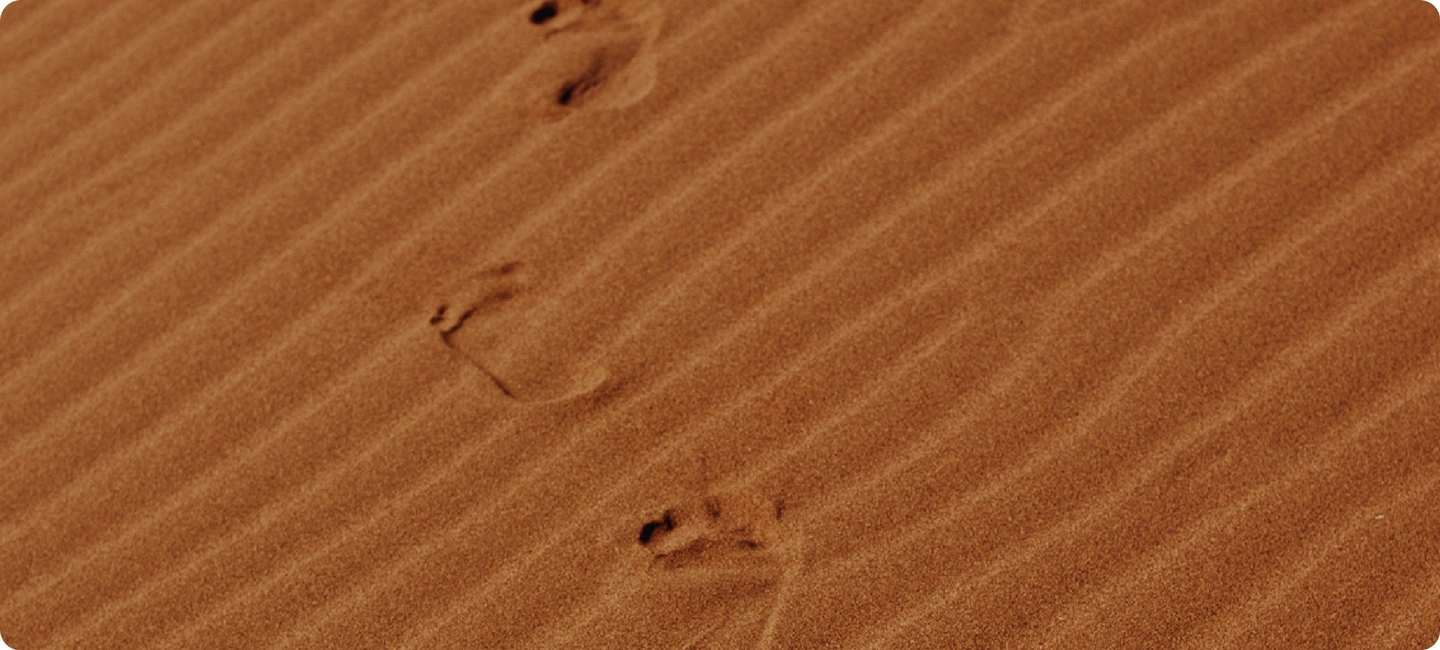
As regular visitors to Morocco, we know our riads from our kasbahs and our tagines from our hariras. Whether travelling as a family or a couple, our consultants know the best accommodation options for you and can plan everything from intimate picnics in the Agafay Desert to authentic interactions with Berber families. Forget about the stress of moving from A to B, as we have first-hand experience with Moroccan rail and roads and can tailor your itinerary around their nuances. Our in-country Concierges even have restaurant recommendations galore; their advice is just a WhatsApp away.
ENQUIRE NOWPractical advice and inspiration for your next trip
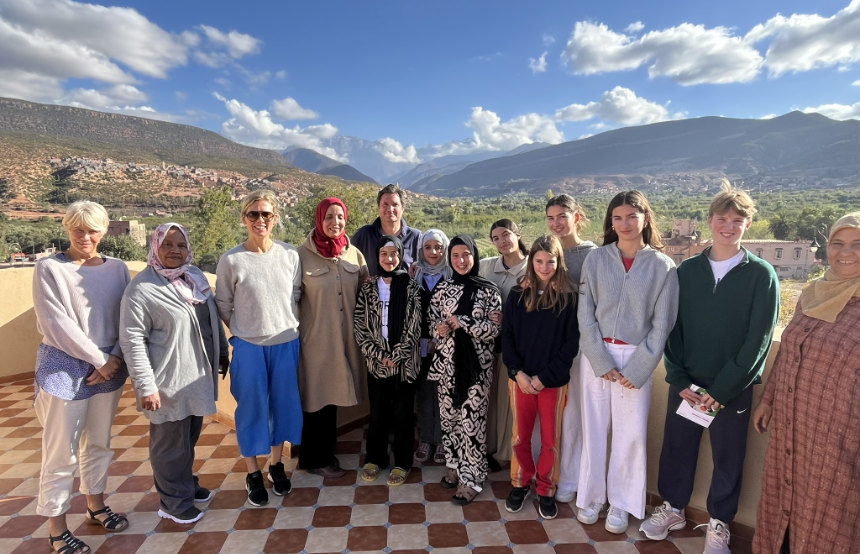
We believe travel should positively impact the destinations we visit, which is why our Foundation supports projects like Education For All (EFA) in Morocco. EFA is dedicated to tackling high illiteracy rates among women and girls in Morocco’s rural regions. The non-profit organisation funds boarding houses that enable teenage girls from remote villages in the Atlas Mountains to continue their secondary education.
25th November 2025 - Morocco
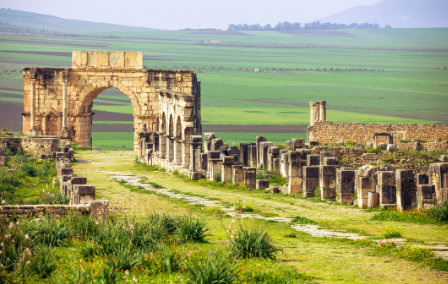
Any trip to Fes should include a day out to the Roman ruins of Volubilis, probably the largest and best-preserved ruins in Morocco. With scenery reminiscent of Russell Crowe’s homecoming in ‘Gladiator’ (more for the surrounding countryside than for the grisly welcome he got), Volubilis is a must-see for history buffs and lovers of picturesque vistas alike. Find out why you should visit in our Volubilis guide… 1.
23rd April 2025 - Morocco Culture
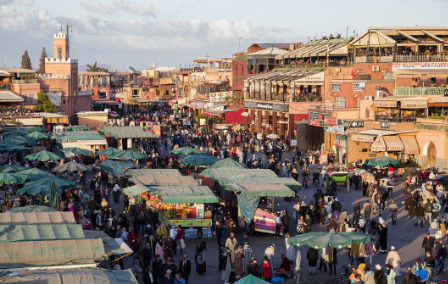
Marrakech is undoubtedly one of the ultimate city break destinations. Where else is filled with so much exoticism and mystery and yet can be reached in less than four hours from the UK? Picture this: you're slowly making your way through the sprawling labyrinthine alleys that make up Marrakech's famous souq, all hope of finding your way back seems lost, but it doesn’t matter because you’re too absorbed in soaking up everything around you.
4th March 2025 - Morocco 24 Hours In

Our team of destination experts will get to know you and your unique requirements for your holiday

We work with you to build an ultra-personalised holiday itinerary with your choice of accommodation, experiences and activities

All of our holidays include little extras designed to make a big difference to your trip, from fast-tracking you through airport check-in and security to our network of local Concierges